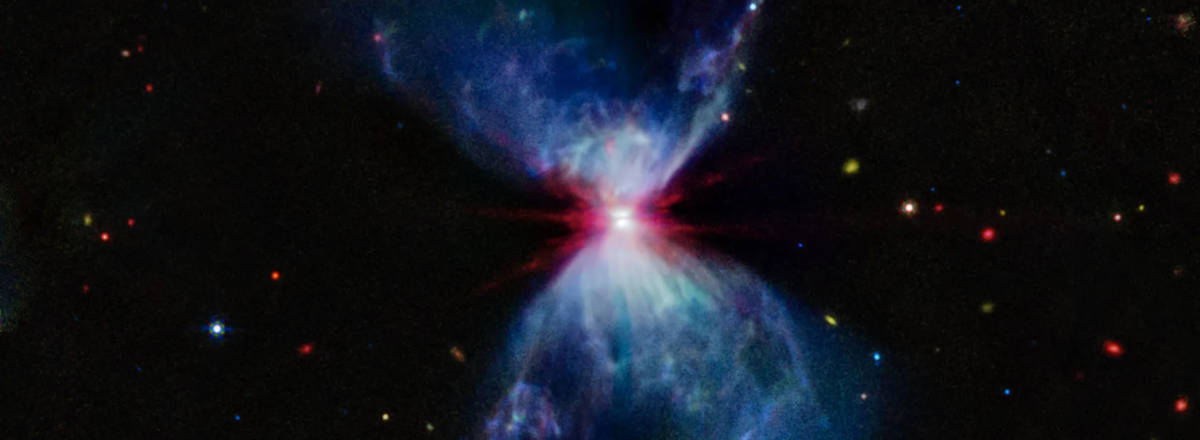James Webb Telescope Captures Stunning 'Hourglass' Effect in Star Formation
The James Webb Telescope observed the object L1527, a very young star approximately 100,000 years old, still in the process of accumulating material from its surrounding molecular cloud.

NASA's James Webb Space Telescope has once again showcased the incredible capabilities of its infrared instruments by capturing a detailed image of the "hourglass" effect during the birth of a new star. This phenomenon, visible only in the infrared spectrum, reveals the early stages of star formation in an unprecedented level of detail.
Using its NIRCam (Near-Infrared Camera) and MIRI (Mid-Infrared Instrument), the James Webb Telescope observed the object L1527, located about 460 light-years away in the constellation Taurus. This object is a protostar, a very young star approximately 100,000 years old, still in the process of accumulating material from its surrounding molecular cloud.
The image shows the protostar in the center of an hourglass-shaped structure formed by the outflows of gas and dust. These outflows create shock waves that appear as filamentary structures, exciting the surrounding matter and causing the regions above and below the protostar to glow brightly. This effect resembles fireworks lighting up a dark sky.
The blue areas in the image represent carbon-rich molecules, while the red areas indicate dense dust and gases. A white region above and below the protostar shows a mixture of hydrocarbons, ionized neon, and thick dust, demonstrating the extent of the matter being propelled away by the energetic jets from the protostar.
As the protostar continues to mature, it will eventually consume and push away much of the surrounding molecular cloud, allowing the new star to become visible even to telescopes that observe in visible light.

